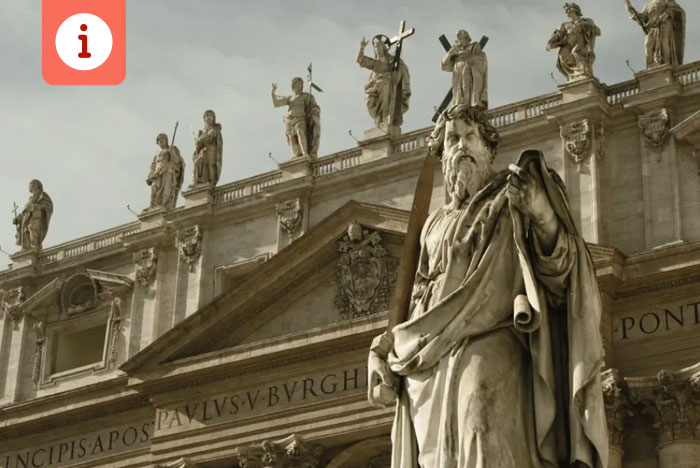
At the University of Toronto, one of the categories in the section on breadth requirements mentions Creative and Cultural Representations. Some students roll their eyes at this breadth requirement. But students should look at it in a positive light because many courses under this requirement are worthy of your time. Additionally, they are a nice break from all the other work. Here is a list of courses that are interesting and count towards the creative breadth requirement.
FAH207H1: Greek and Roman Art and Archaeology
This course is presented in a fantastic, easy to comprehend way. It covers themes of ancient Greek and Roman artifacts, monuments, sculpture, architecture and the symbolism behind these civilizations. Attend lectures and study the textbook because you will need it for the midterms. Bring a notebook to sketch and make quick notes alongside your lecture notes.
If you already enjoy drawing or learning about ancient classical art and architecture, this course is for you. It is a level 200 course, but you can take it during your first year of study. No prerequisites required.
FAH230H1: Renaissance Art and Architecture
Observe and study the artistic and architectural work and production from the fifteenth to the mid-sixteenth century northern Europe. Explore in-depth themes of the ideological, economic, and artistic, the eventual clash between religious and secular life, and how this transformed art and its expression during the Renaissance period.
This course is very popular and takes place in a large lecture hall. Similarly, attend every lecture and bring your laptop/tablet to record notes, as you’ll be consulting them throughout the semester. It’s an interesting and easy course that is not overly demanding.
FAH270H1: Architecture: Rituals and Monuments
Not to be confused with a similar course code titled FAH207. This course is FAH270. It focuses on the method in which architecture facilitates human life, observing the timeline of prehistoric times, to the beginnings of modernism. Pay attention in class because the content and material are rich. Lectures will provide important details that are not mentioned anywhere else, and may get you the points you need on the midterm and exam. It is recommended that you bring your laptop, as well as a notebook. Sketch and jot down notes, as this may help you visualize things later on.
Further, the more detailed your notes, the better. This class offers the opportunity to submit your lecture notes for grading. So, keep them tidy, organized, and as artistic as possible. As for projects, some of them involve collaboration outside of the classroom. It is a lot of fun and can be worthwhile — as long as all of you participate in the process.
ARC252H1: Close Readings in Landscape Architecture
The collaboration of design analysis, context, and theory are closely inspected as you read case studies in the history of landscape architecture. You will have weekly readings, which are easy to understand. But it is important to stay organized and complete them each week. Have a separate notebook for reading notes, so they can supplement the lectures as you review. The lectures are long, so bring an audio recording device if you cannot write everything down.
If you don’t enjoy big classrooms and long lectures, this isn’t the course for you. But remember, the content is what matters most. Please keep in mind that there are prerequisites for this course, so visit the Course Finder website to review them. Please note that this course is not listed under the Faculty of Arts and Science, so the Breadth may not be an issue. Therefore, check the Course Finder or Calendar for updates. For other architecture-related courses, check out Architecture Courses You Should Take as a University of Toronto Student.
FAH252H1: Introduction to the History of Photography
Observing European and North American photography, from its early origins to its innovations, and the emergence of the digital age. This course places you in an environment of analysis featuring the aesthetic, political, and scientific discourses of photography. It also focuses on the ways in which photography relates to and represents reality. This is a 200 level course and does not require any prerequisites. All you need is a general interest in the methods in which photography conveys a story. You should definitely take this course if you want to develop further respect for the medium of photography and understand the science behind it.
FAH215H1: Early Medieval Art and Architecture
This course observes the art and architecture of Western Europe and the Byzantine East, in the Medieval time period. For students who have a vested interest in medieval art history and are looking for an easier course, this is a great introduction to monumental works of the time. You also learn the reasoning behind certain overlapping artistic depictions and the reasons behind their stylizations. This is a fairly large classroom of students, so sit up front to listen.
Best of luck as you select your creative breadth courses! Remember to visit the University of Toronto’s Course Finder website for updates on creative breadth requirement courses.